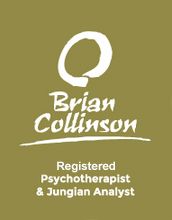
Individuation, Individual Therapy & Work Related Stress
People expect work related stress to be a subject for individual therapy, but think less commonly about the development of the psychological individual. The fundamental question here is, "What does my work stress have to tell me about my true self?"








